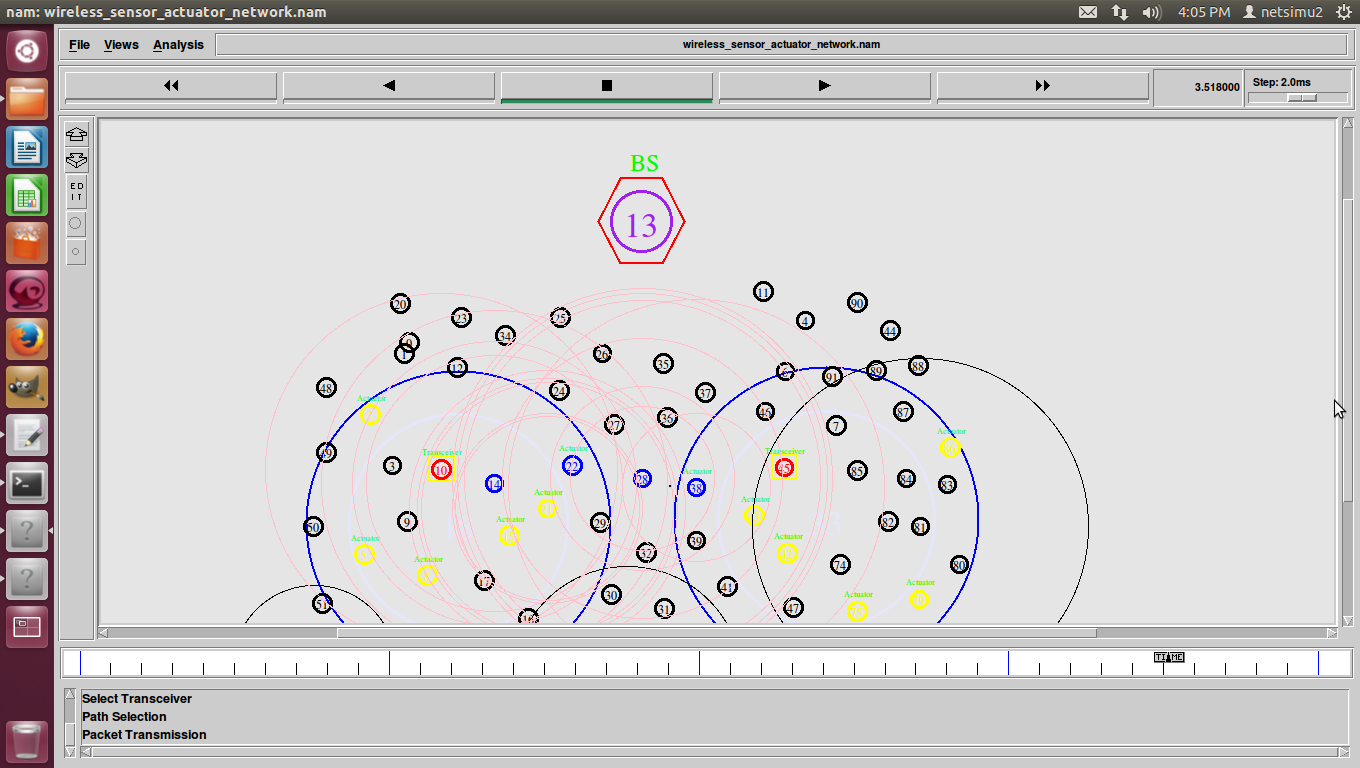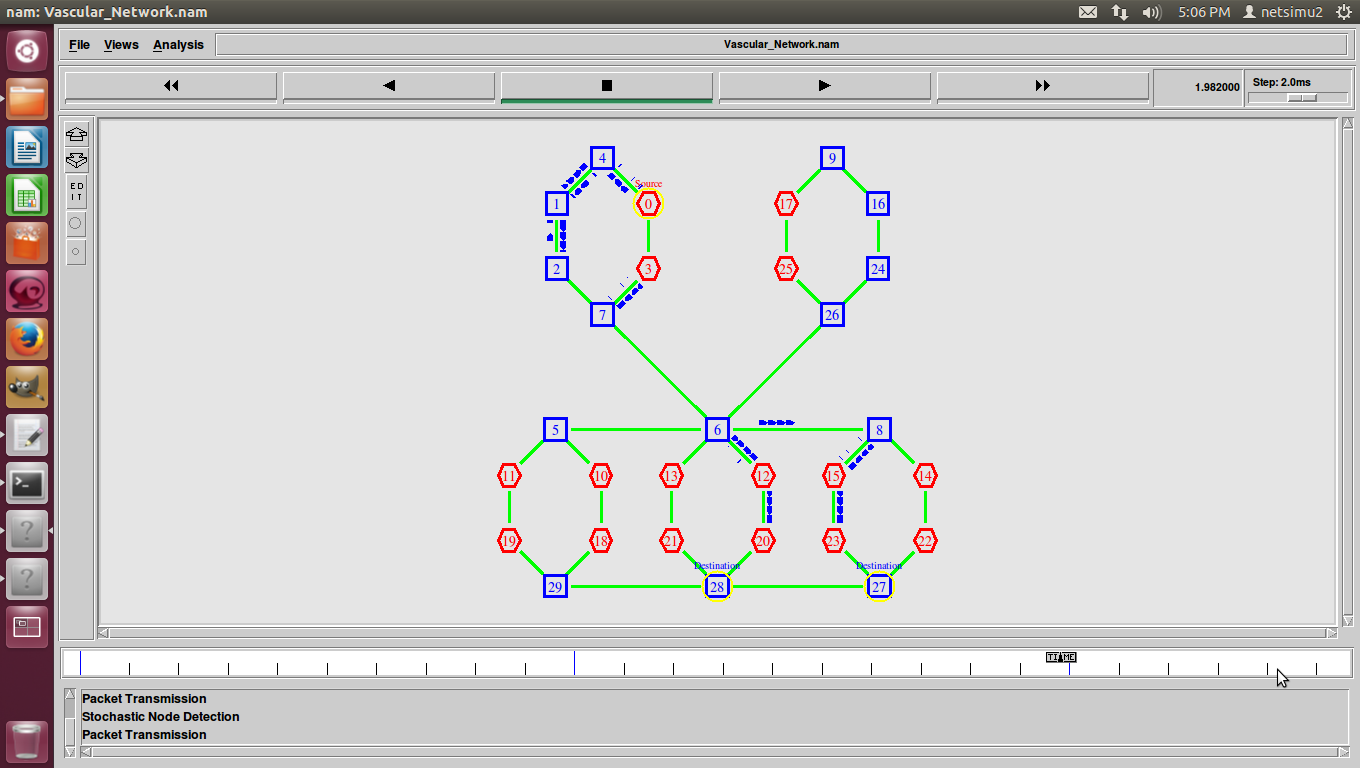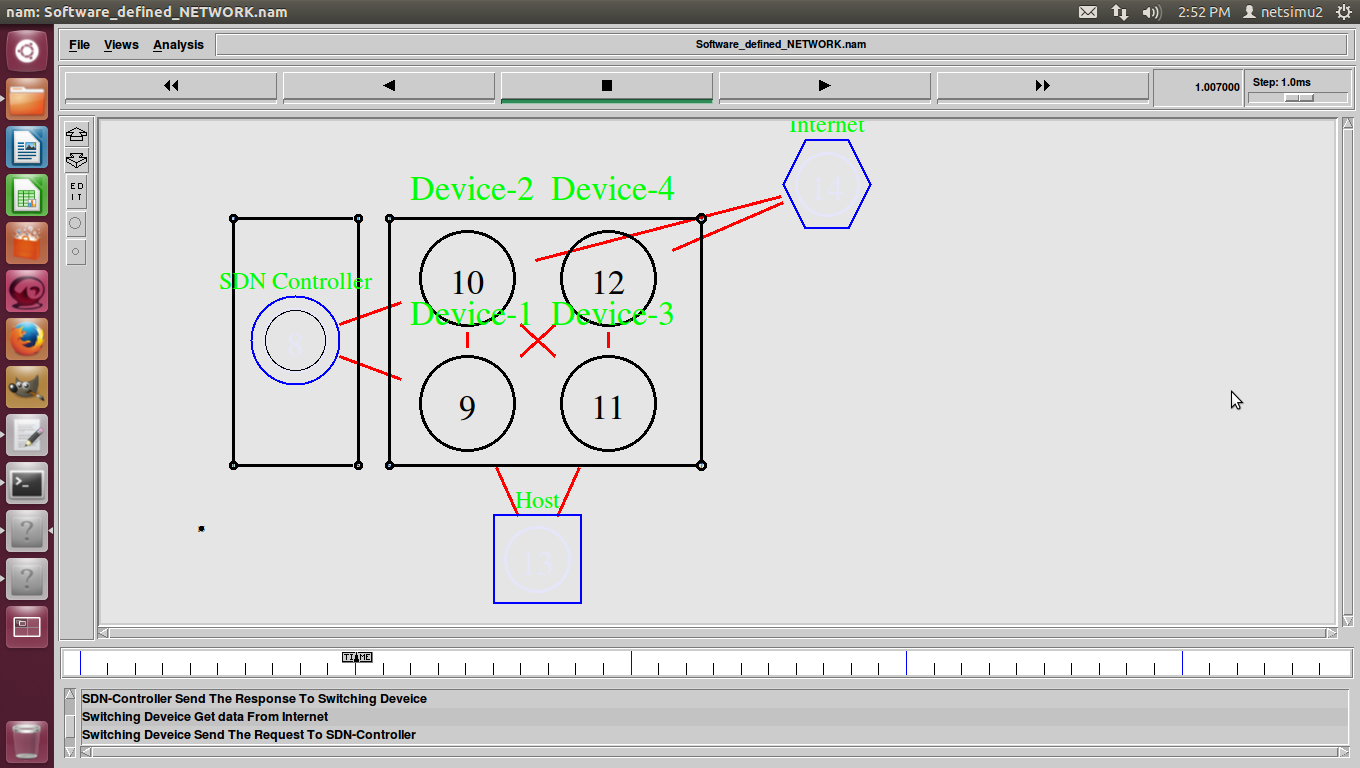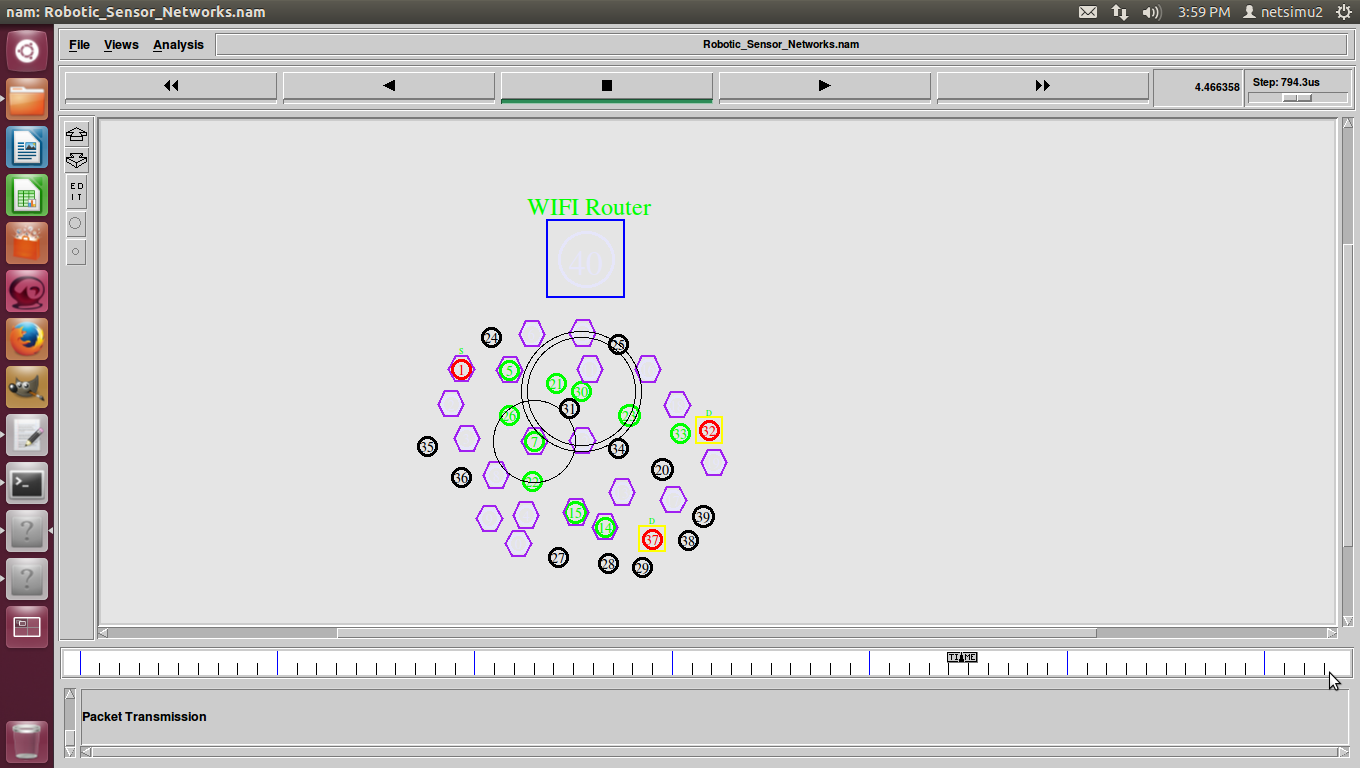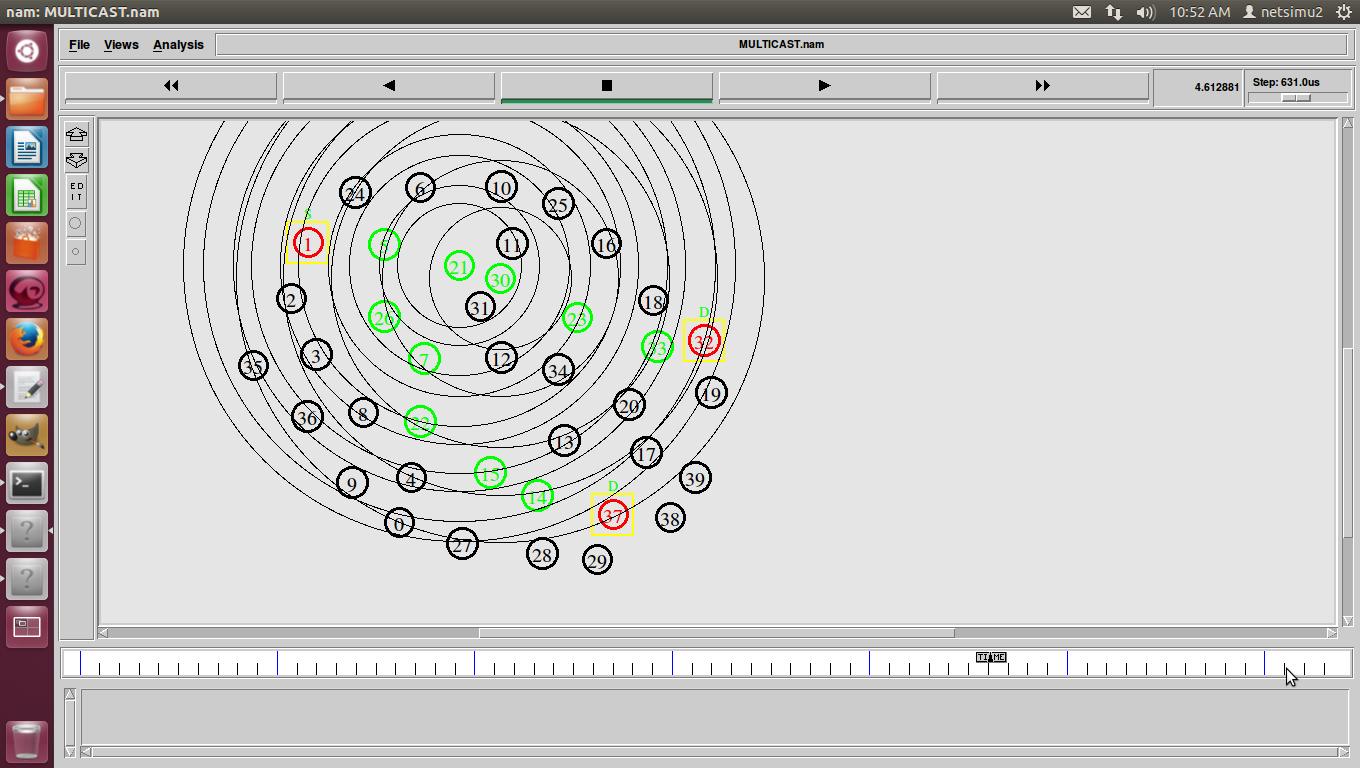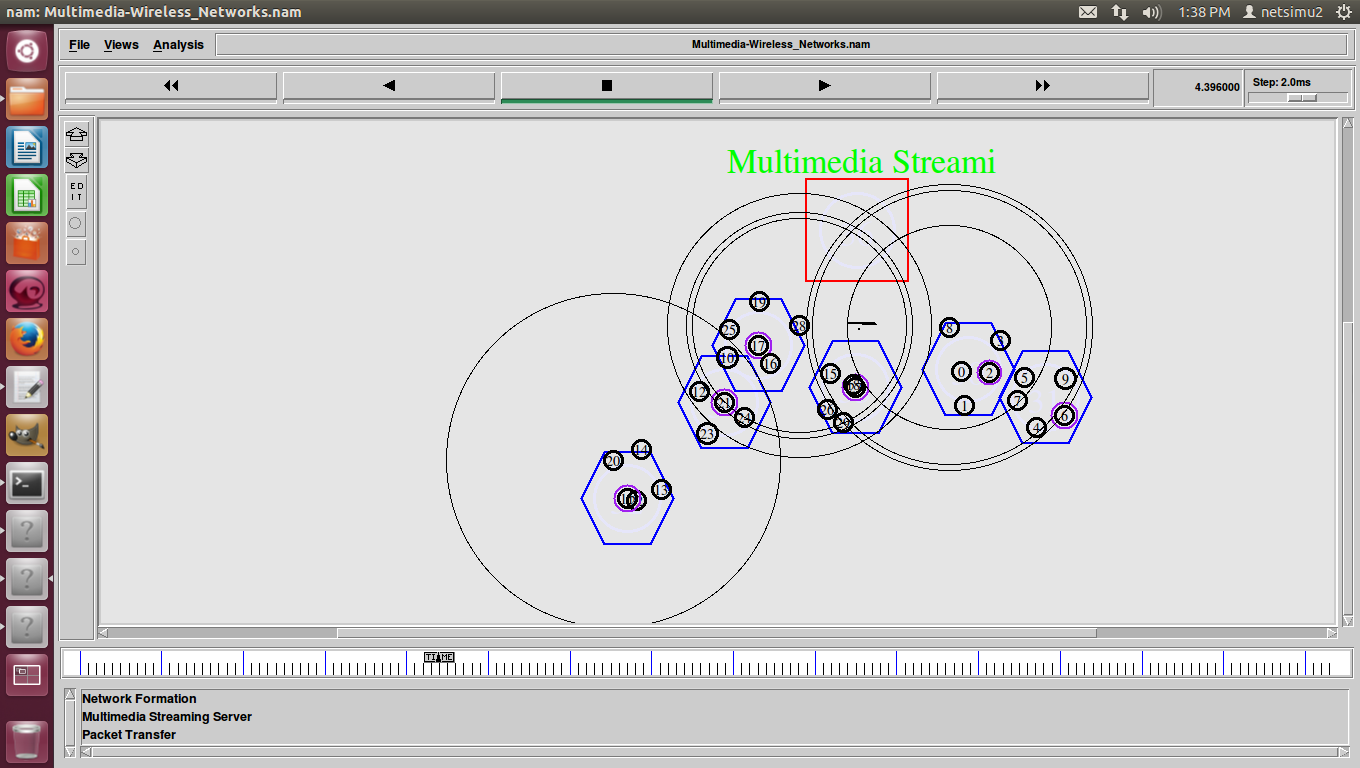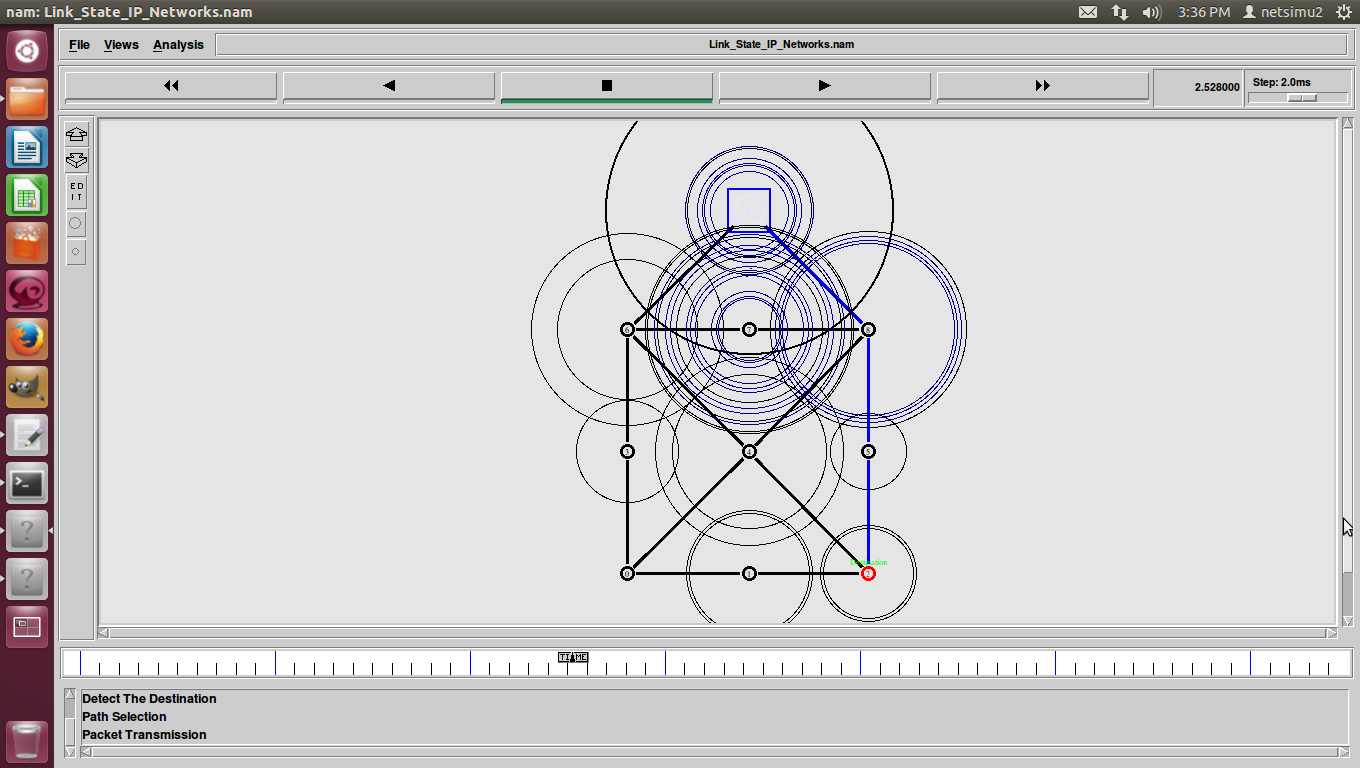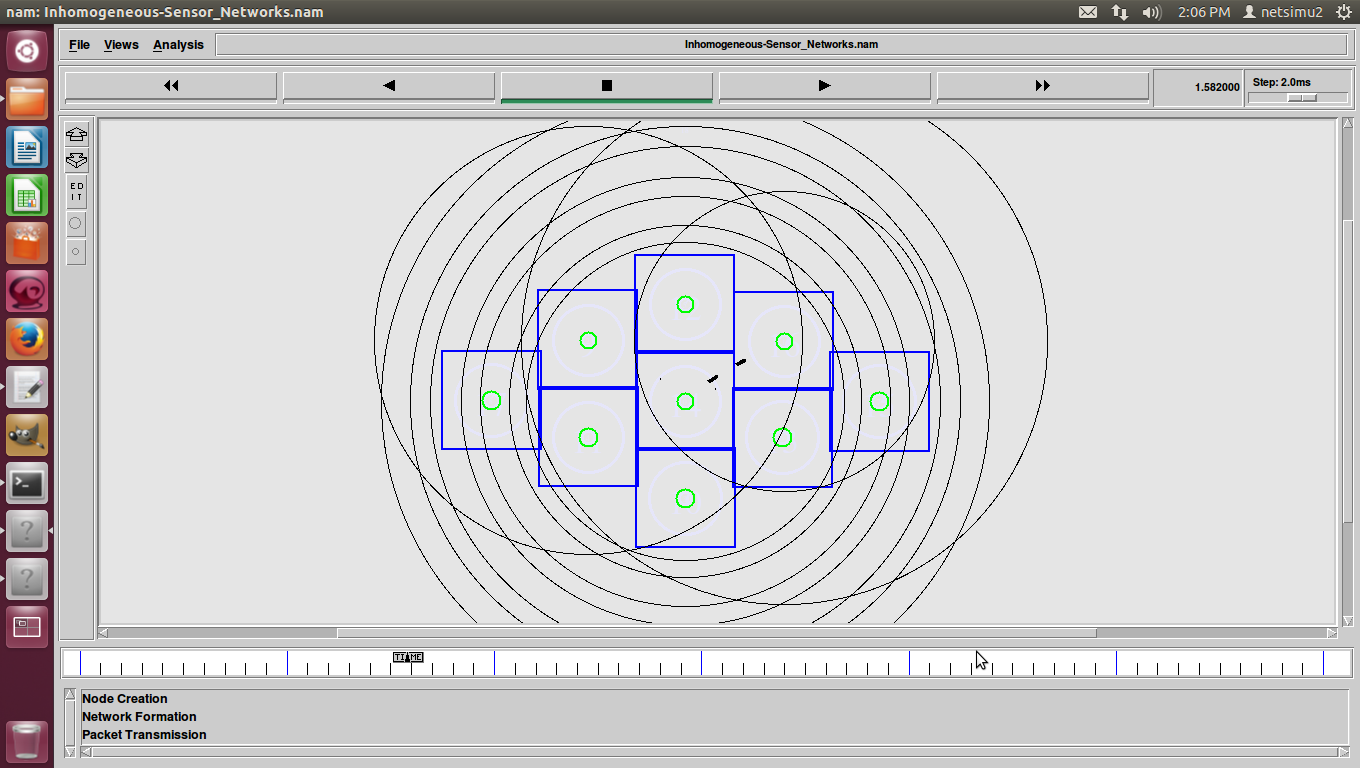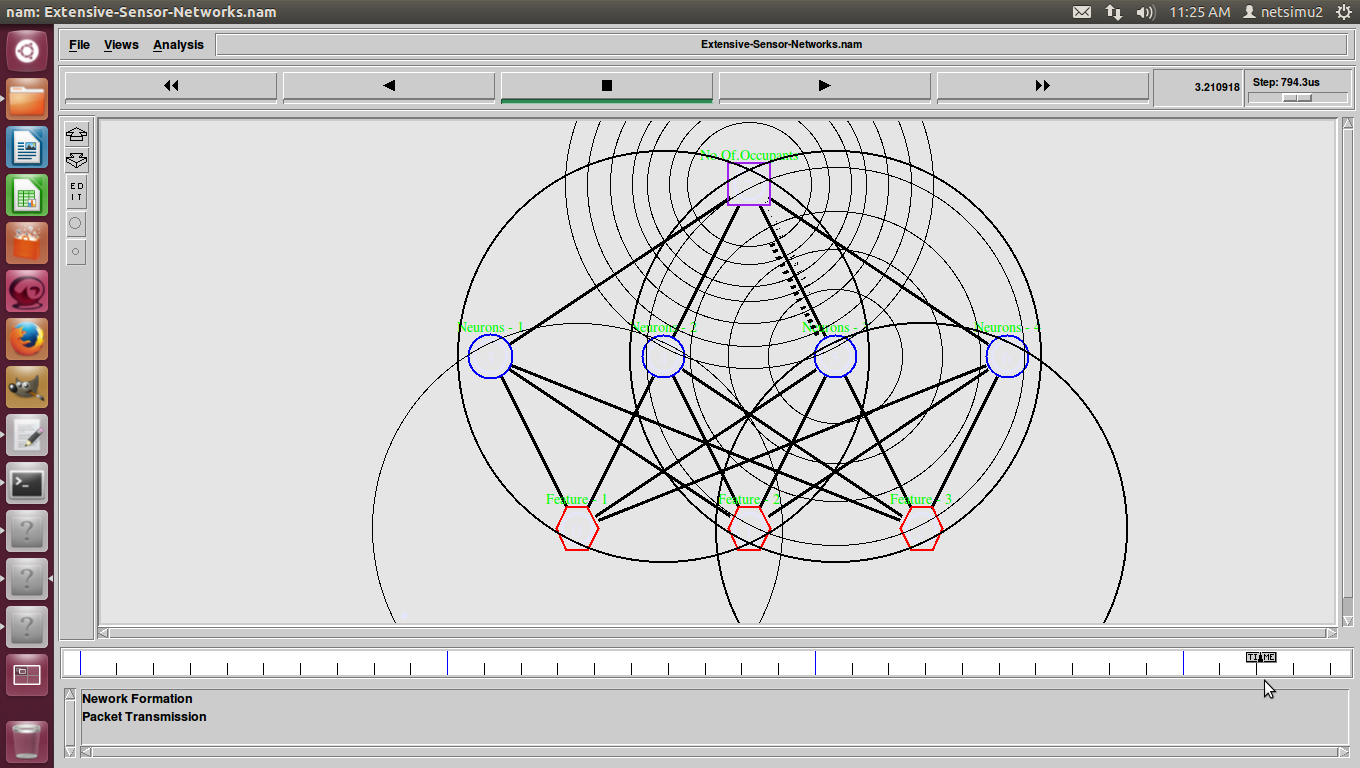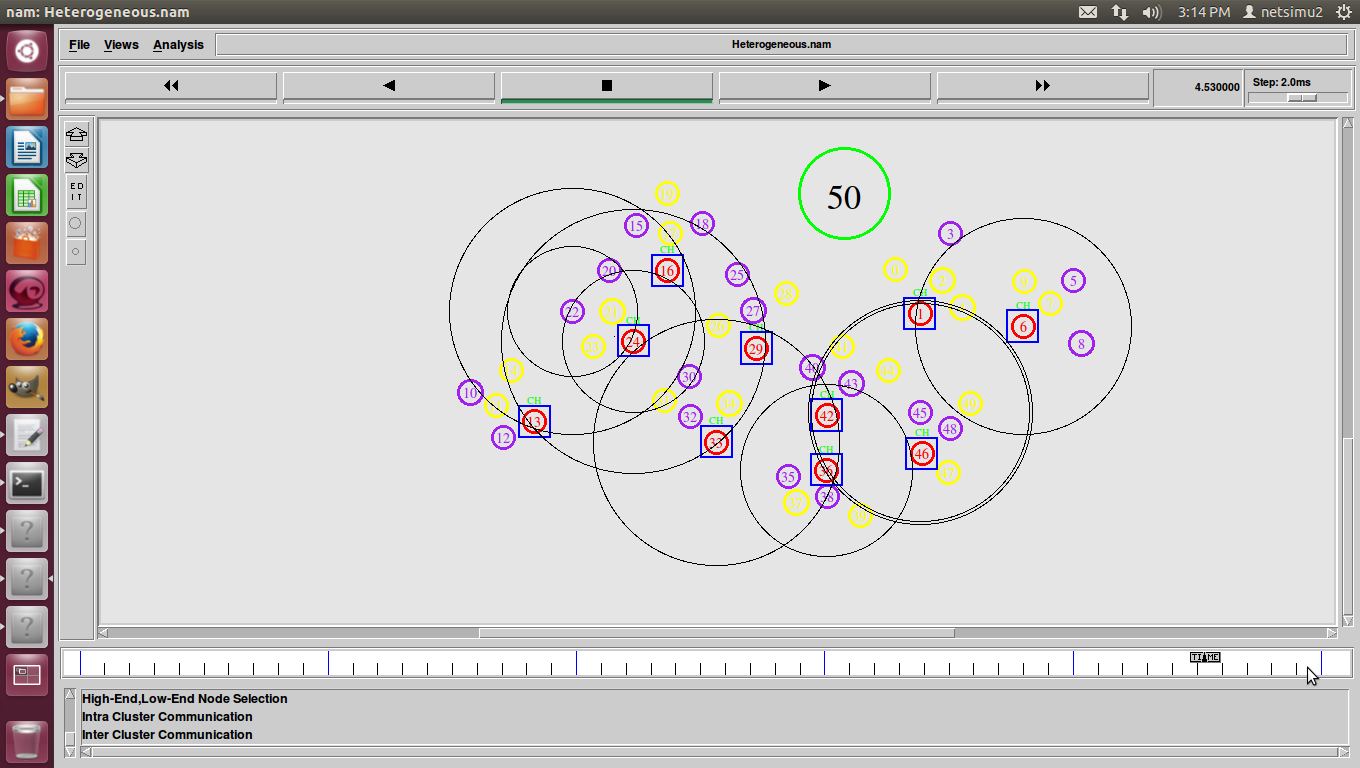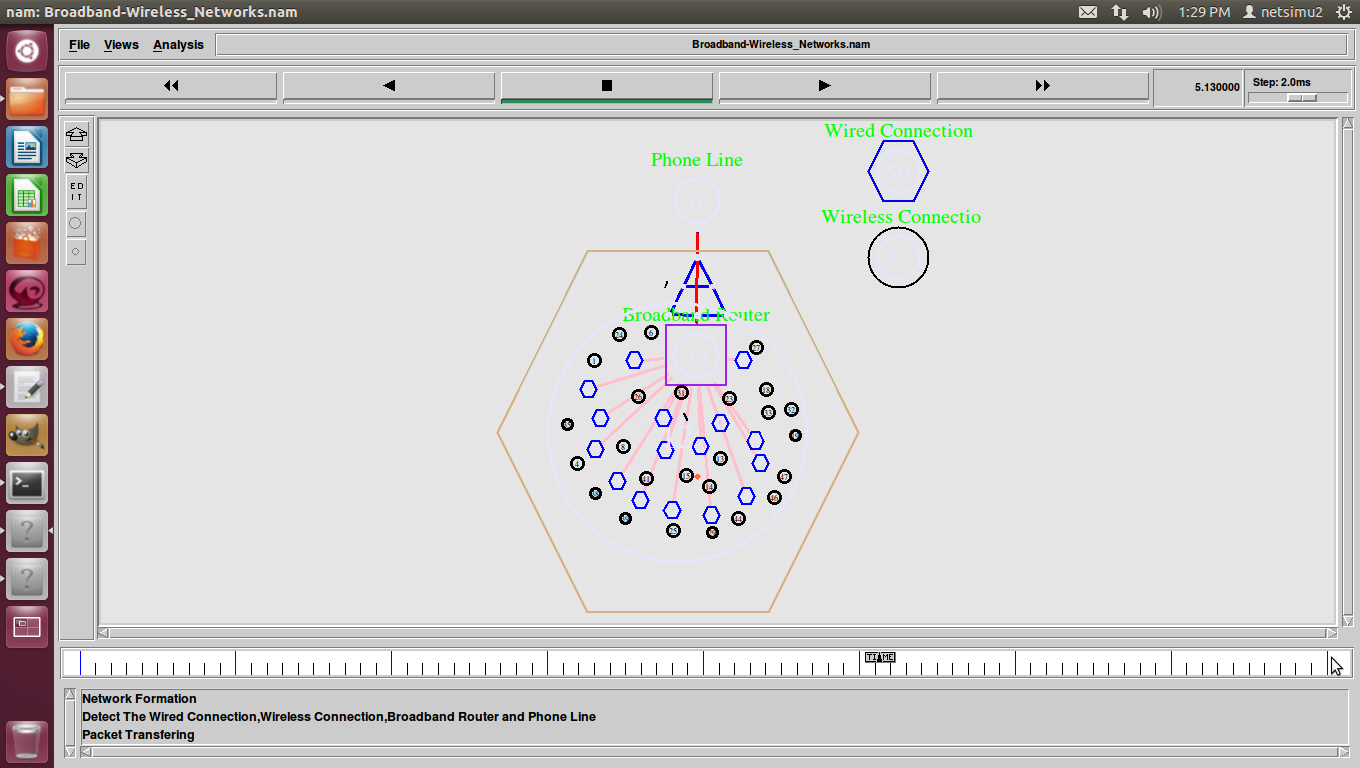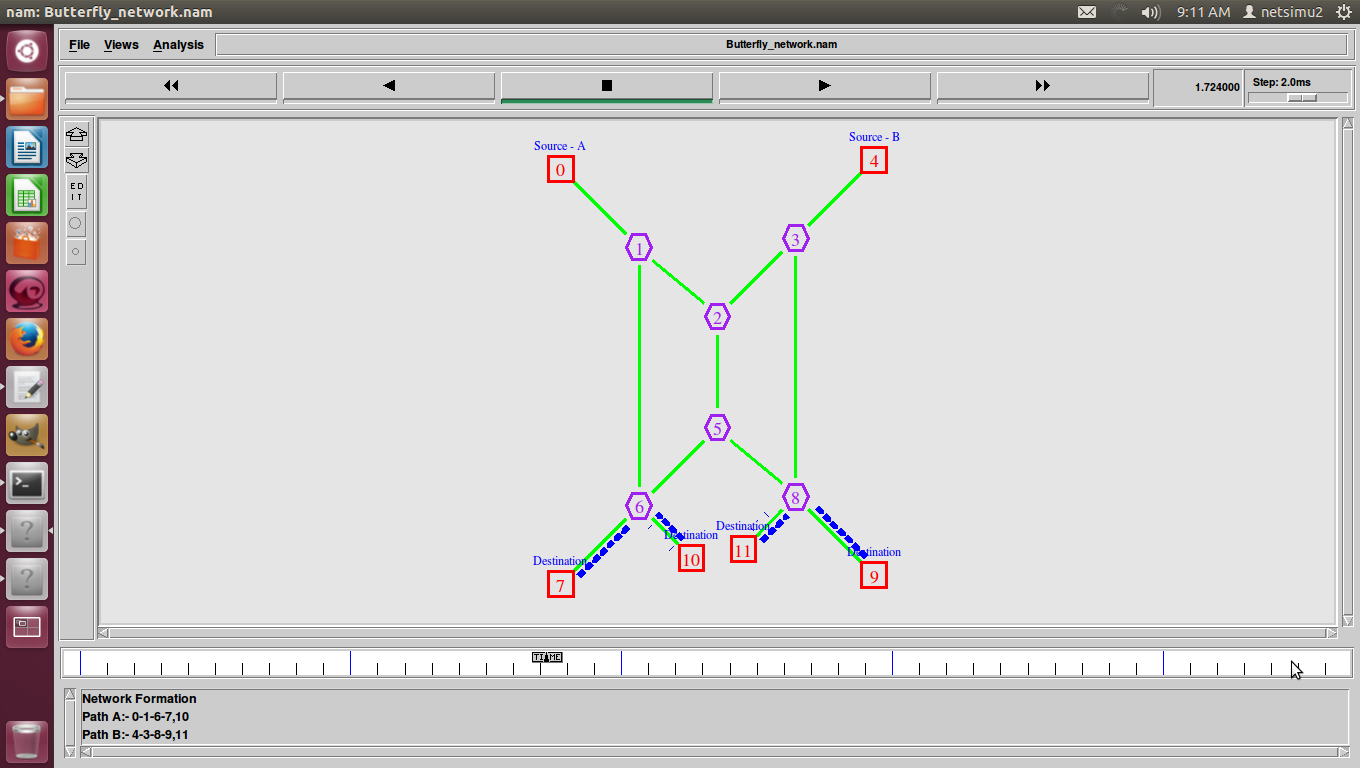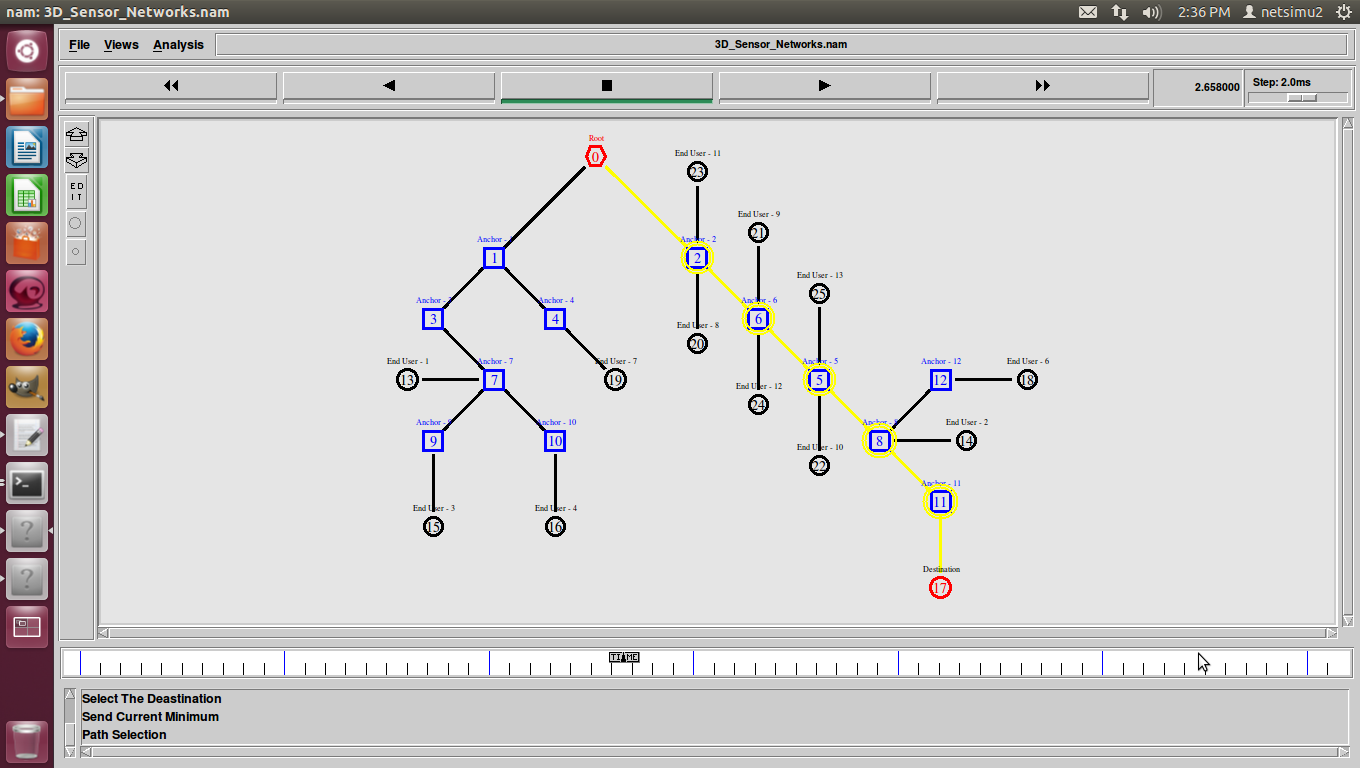An integrated signaling-encryption mechanism to reduce error propagation in wireless communications: performance analyses
Traditional encryption techniques require packet overhead, produce processing time delay, and suffer from severe quality of service deterioration due to fades and interference in wireless channels. These issues reduce the effective transmission data rate (throughput) considerably in wireless communications, where data rate with limited bandwidth is the main constraint. In this paper, performance evaluation analyses are conducted for an integrated signaling-encryption mechanism that is secure and enables improved throughput and probability of bit-error in wireless channels. This mechanism eliminates the drawbacks stated herein by encrypting only a small portion of an entire transmitted frame, while the rest is not subject to traditional encryption but goes through a signaling process (designed transformation) with the plaintext of the portion selected for encryption.
We also propose to incorporate error correction coding solely on the small encrypted portion of the data to drastically improve the overall bit-error rate performance while not noticeably increasing the required bit-rate. We focus on validating the signaling-encryption mechanism utilizing Hamming and convolutional error correction coding by conducting an end-to-end system-level simulation-based study. The average probability of bit-error and throughput of the encryption mechanism are evaluated over standard Gaussian and Rayleigh fading-type channels and compared to the ones of the conventional advanced encryption standard (AES).






